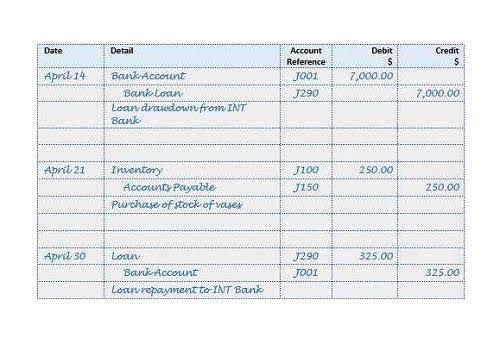
Different cost allocation methods, such as activity-based costing (ABC), can provide more accurate cost information by tracing overhead costs to total manufacturing cost formula specific activities. This method can be particularly useful in complex manufacturing environments. Manufacturing overhead costs can fluctuate due to changes in production volume, energy prices, and maintenance needs.
First Horizon Stock FHN Price, Company Overview & News

Using the total manufacturing cost, you can calculate the profitability of your business by comparing it with your net revenue. The higher the production-related expenses, the narrower your profit margins are likely to be. By applying this formula to calculate your direct, indirect, and overhead costs, you can work out where the inefficiencies lie in your production process. To determine the total manufacturing cost, you sum up the direct materials cost (\$680), direct labor cost (\$300), and manufacturing overhead cost (\$150). Combining these figures, the total manufacturing cost for the dining table set is \$1,130.

Manufacturing overhead
This critical metric provides valuable insights into the cost breakdown of each furniture piece your manufacturing business produces. If the prices set accurately reflect the actual total manufacturing cost, it can ensure the long-term sustainability of the business is maintained. In crafting the dining table set, several direct materials are required, such as solid wood, hardware, upholstery fabric, and finishing materials. The materials contribute to the final product and must be included in the cost calculation. Direct labor covers all employees directly involved in the preparation, assembly, and production of the goods. These individuals contribute their skills and expertise to transform raw materials into finished products.

Benefit #4: Assists in “make or buy” decisions

Manufacturing cost calculation gives an accurate view of the costs allowing companies to eliminate irrelevant costs and optimize resource utilization to boost profitability. Cost control, according net sales to Fabrizi, is one of the top benefits of calculating manufacturing costs. Fluctuation of costs is yet another challenge that makes it harder to calculate manufacturing costs accurately, according to Fabrizi.
- It’s important to regularly review and adjust the predetermined overhead rate to ensure accuracy.
- The cost of labor includes employee pay, benefits, labor taxes and contributions, and workers’ compensation insurance.
- Knowing the manufacturing cost gives manufacturers the ability to meet goals and make sure their production process is at the right level of productivity.
- For instance, in an automotive factory, indirect costs might include facility upkeep and production line maintenance costs.
- Total Manufacturing Cost (TMC) refers to the overall money spent on the production activities for processing the raw material into finished goods in a given period (quarter or year).
- Direct materials are the inventory stock items used to create a finished product.
Total manufacturing cost is the sum of direct materials, direct labor, and manufacturing overhead. To calculate total manufacturing costs, use the total manufacturing cost formula. The cost of direct labor refers to the direct labor that contributes to the manufacturing of a product or a service during a given period. The cost of direct materials is the cost of the materials used for the manufacturing of a product or a service during a given period. Overhead costs are the costs that are not directly related to the manufacturing of a product or a service, but they contribute to the firm’s profit-making activities.
How to Calculate Total Manufacturing Cost Formula + Step-by-step Guide
This is an important expense for manufacturing businesses to ensure profitability and sustainable growth. In this article by Viindoo, we will explore in detail how to calculate manufacturing cost. By following these steps, businesses can make informed decisions and optimize Cash Flow Management for Small Businesses their production processes to reduce costs and maximize profits. To allocate overhead costs accurately, you need to choose a suitable allocation base that reflects each product’s consumption of overhead resources. However, finding the optimal allocation base that aligns with the actual usage of overhead resources can be a complex task.
